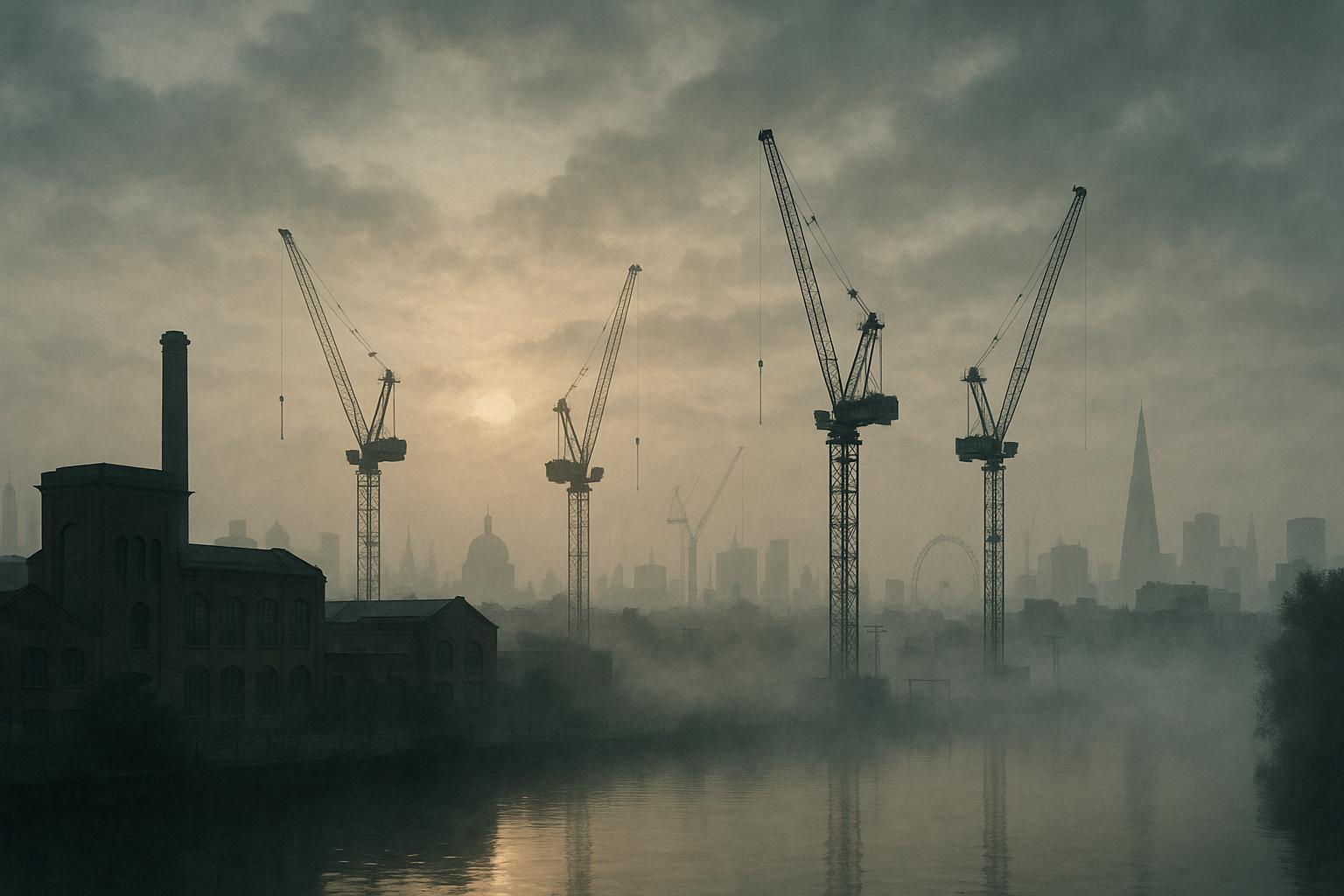The final phases of the Woodberry Down regeneration masterplan have been approved by Hackney Council, despite objections from local residents and community groups over concerns about social housing reductions and environmental impact. On 3 September 2025, the council granted Berkeley Homes conditional outline planning permission for phases 5 to 8 of the project, which aims to deliver up to 3,083 new residential dwellings across the remaining four phases.
Residents, represented by the Woodberry Down Community Organisation (WDCO), raised objections at the planning sub-committee meeting, particularly highlighting the inclusion of Woodberry Grove North, where some properties have been independently improved rather than demolished. Geoff Bell, speaking for the area, argued that it would be financially and environmentally irresponsible to demolish homes that have already been extensively refurbished or repurposed. Berkeley Homes responded that these properties have been part of the masterplan boundary since 2008 and were clearly communicated as such in consultation letters sent in February 2025.
A major point of contention remains the reduction in social housing. Critics pointed out that the number of council homes has decreased by 13 percent—from 1,520 in 2008 to 1,325 in the current scheme—while the affordable housing target applied to the remaining phases is 43%, with only 20% designated as social housing. Barbara McFarlane, an architect and member of Sustainable Hackney, underscored that the scheme’s social housing provision is less generous than at the project’s start, warning this runs counter to rising demand for affordable homes in Hackney, where temporary housing numbers have doubled. Berkeley Homes maintained that contractual obligations within the original development agreement prevent reductions in overall affordable housing provision, which has increased slightly from an original 41.7% to 43%.
Beyond housing, environmental concerns were also forcefully raised. Campaigners argued that the scheme would result in a net biodiversity loss of 9.25%, failing to meet the mandatory minimum 10% biodiversity net gain required by planning policy. McFarlane criticised the plan’s reliance on elevated, privatised green spaces several metres above ground level, which she said would not support thriving ecosystems. This contrasts with earlier phases of Woodberry Down, where sustainable features such as biodiverse green and brown roofs, native planting, and improvements to the adjoining Woodberry Wetlands nature reserve have been praised. Berkeley Homes’ approach to sustainability was even recognised with Green Apple Environment Awards in 2023, highlighting achievements including a 142% biodiversity net gain on site in early phases, along with low-carbon energy initiatives like solar panels and an on-site district heating centre.
The original Woodberry Down regeneration masterplan, approved in 2005, envisaged over 5,500 mixed-tenure homes replacing approximately 2,000 older properties, alongside enhanced community infrastructure, parks, and public spaces. Recent phases have delivered significant new social rented homes and public amenities, including a public park with increased tree planting, a new community centre, and facilities geared toward improving local life. Hackney Council has confirmed that once all phases are complete, £12 million will have been invested in local infrastructure improvements such as roads and drainage.
The WDCO supports the regeneration in principle but continues to express serious concerns about recent proposals, particularly the reduction in genuinely affordable social housing, increased housing density, and potential strain on local services. The council emphasises that the project also secures new high-quality homes for secure council tenants, alongside shared ownership options, community facilities, and green spaces like the Woodberry Wetlands reserve, which has benefited from emergency funding in recent years to maintain its rich biodiversity.
Conditional outline planning permission for the final phases now awaits the completion of a legal agreement and referral to the Mayor of London, marking a crucial step in this two-decade-long regeneration effort that seeks to balance housing needs with environmental and community considerations.
📌 Reference Map:
- Paragraph 1 – [1], [2]
- Paragraph 2 – [1]
- Paragraph 3 – [1], [2]
- Paragraph 4 – [1], [2], [4]
- Paragraph 5 – [1], [3], [7]
- Paragraph 6 – [1], [5], [6]
- Paragraph 7 – [1], [2]
Source: Noah Wire Services
